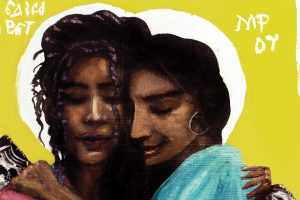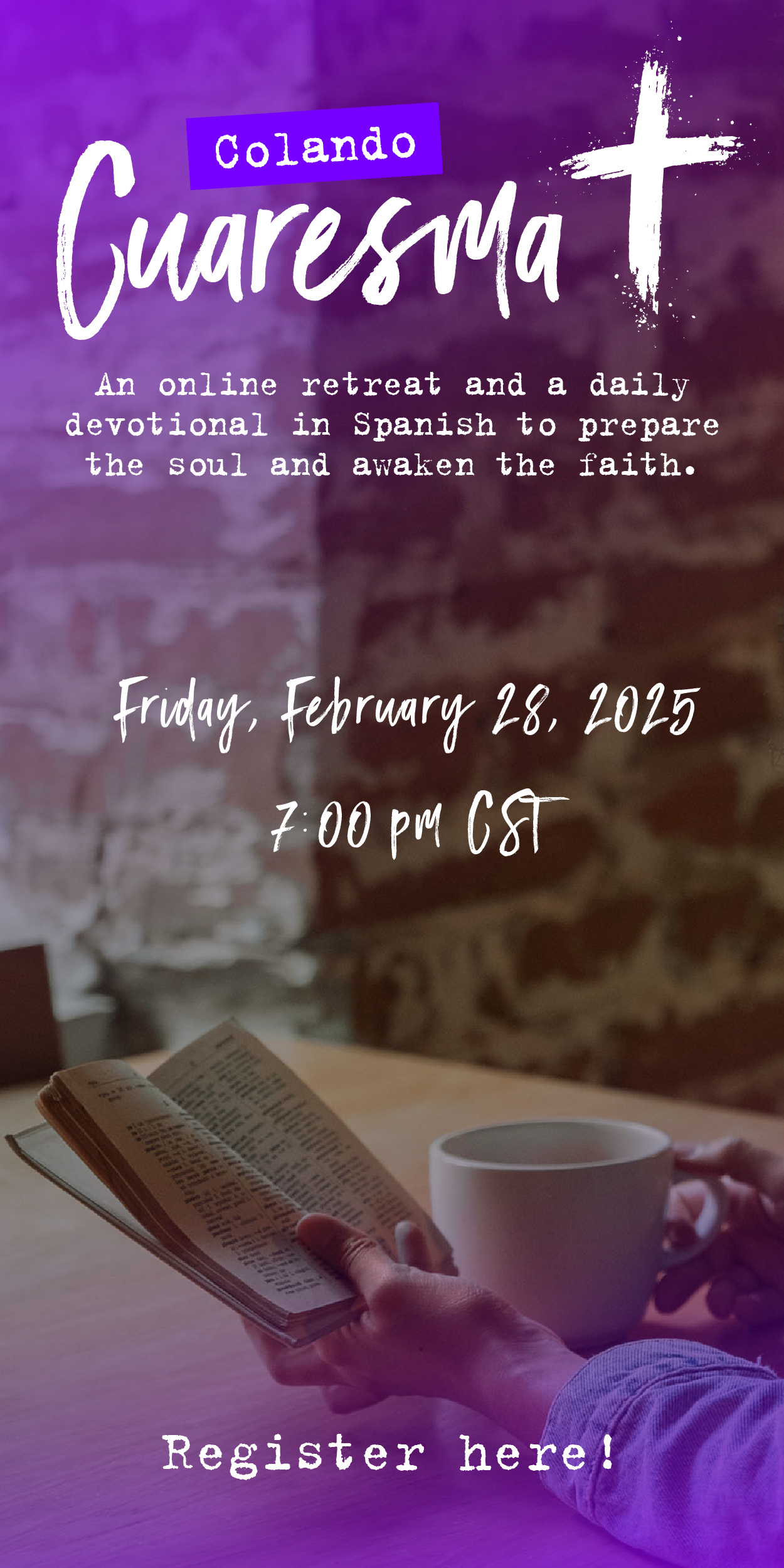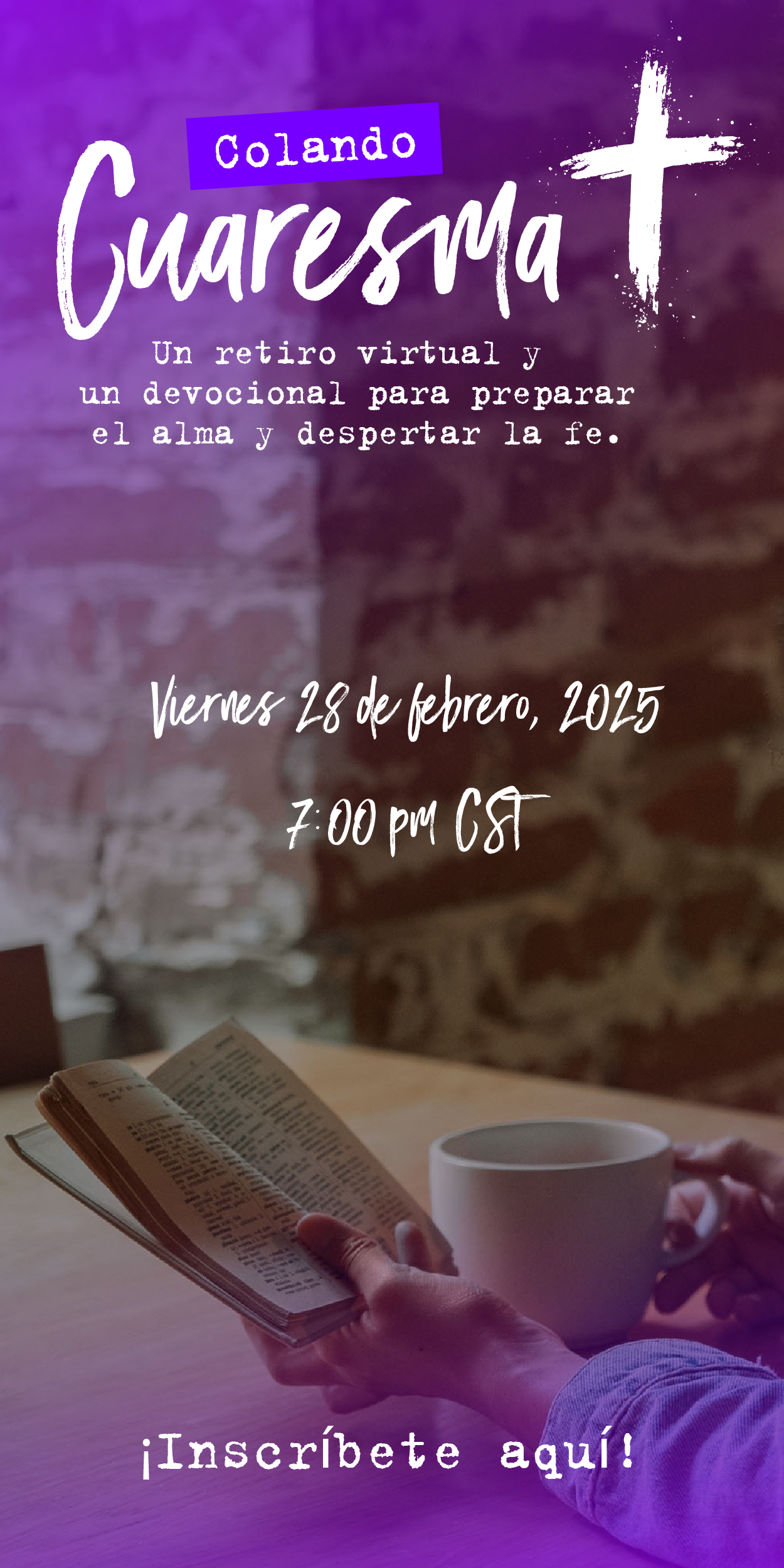 Kendrick Lamar (Aftermath, 2012)
Kendrick Lamar (Aftermath, 2012)
A warning to our readers: This album uses explicit language standard in the hip-hop vernacular.
On his major-label debut, Kendrick Lamar casts himself as the protagonist in a coming of age concept album that tells the story of a young man dealing with friends, family, death, and religion in a ruthless Compton, California.
The album’s ethereal, soulful beats and Lamar’s nasally affected style of rapping and singing – plus a flow that integrates his signature fast triplet lines – keep the listener musically interested. Serious, introspective songs (“The Art of Peer Pressure” and “Sing about Me, I’m Dying of Thirst”) find themselves juxtaposed with “hood anthems” (“Money Trees” and “Compton”) meant to be blared by cars driving through inner city neighborhoods like the one where the album is set.
What sets good kid, m.A.A.d. city apart from Lamar’s previously released mixtapes is its cohesive narrative. Spoken skits from other characters stitch the songs together, allowing the album to outline, more or less, one typical night that goes wrong and ends in the murder of Kendrick’s friend.
Lamar, who is 25, includes a prominent focus on religion, a rarity among young mainstream rappers. Throughout, he depicts religion as a positive force among temptations of anger and hatred.
The entire album begins with a spoken prayer that begs God for forgiveness and acceptance. Later, following the shooting of Kendrick’s friend, a grandmotherly woman half-scolds, half-comforts Kendrick and his angry clique: “You young men are dying of thirst…. That means you need water, holy water. You need to be baptized with the spirit of the Lord.” She leads them in an emotional recitation of the same prayer that began the album, after which she says, “Remember this day, the start of a new life, your real life.” The next song, “Real,” begins immediately. A song about love and positivity, it includes voicemails from Kendrick’s mother and father that advocate religion (“Right about now [the Good Book] is what y’all need.”).
Though Lamar deals with religion and morality, he doesn’t claim to be a saint. The chorus of “Backseat Freestyle” is about his greed: “All my life, I want money and power. Respect my mind or die from lead shower” (“lead shower” being automatic gunfire). And “The Art of Peer Pressure” includes a skit where he and his friends break into a house and steal TVs and whatever else they can get their hands on.
That dual nature of good kid, m.A.A.d. city, in which Lamar expresses a desire to do good but also raps about sinning and wanting to sin, allows him to appear as a sincere narrator just telling a story. He never once seems preachy, as other rappers who try to spread positive messages have been wont to do (for example, Nas on God’s Son). His age, too, allows him to speak to young people as a peer, without the “I’m wiser than you” tone that can make young people sneer at a message.
Lamar thus touts religion with a boldness not commonly tolerated in mainstream media, yet the album has been embraced by a wide range of music-listening publics. Hip-hop magazine XXL awarded it its highest rating and called it “a future classic,” the leading music blog Pitchfork gave it a rare 9.5/10, and even the Los Angeles Times called it, “a masterpiece of storytelling, empathy in the midst of chaos.”
This is because good kid m.A.A.d. city is an album with exceptionally broad appeal. Put it on with the volume up for a fun sing-along or sit down and have a listen to it as a serious piece of soul food.














Add comment